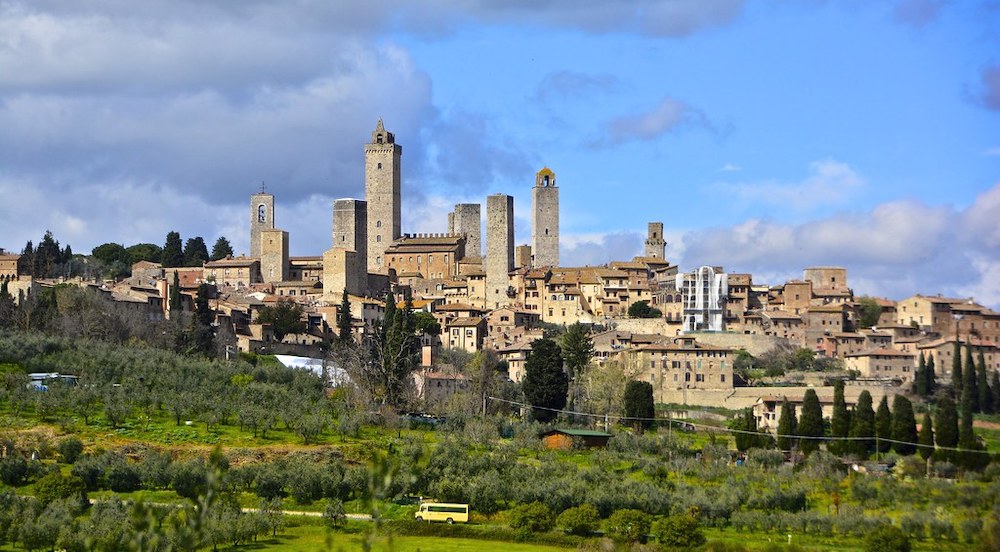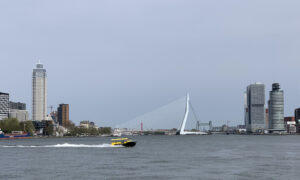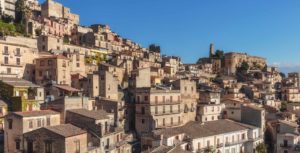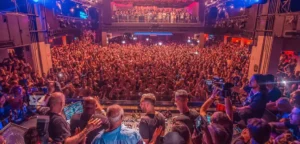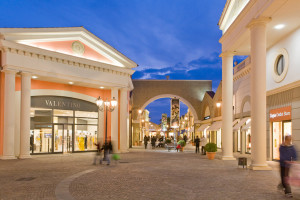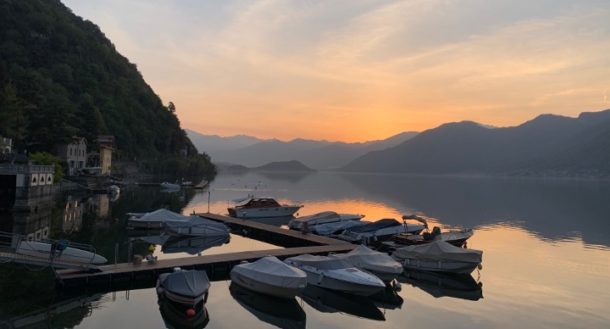(Editor’s note: American Carla Bastos recently expatriated to Tuscany from the United States. You can read her series about that adventure here.)
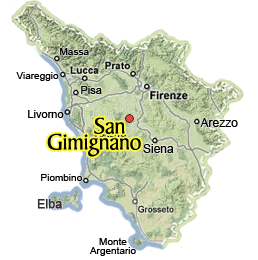
I would imagine that one common denominator among expats is curiosity about their new home. Not just what to see and what to do, but how it became the country it is today. For many of us, what we learned in school about our own countries was just a small fraction of the big picture. And, in our new country, we have even less to start with. Exploration becomes a pastime, especially for those who may not have spent much time there before relocating.
Workers occupy their evenings and weekends getting out and about, while retirees take advantage of the weekdays’ quieter, less crowded streets and shops.
High on many lists is getting away from the cities and touristy areas, to investigate lesser-known towns and hamlets. During my first couple of months here in Italy, I’ve been doing just that.
Exploring the real Italy with locals
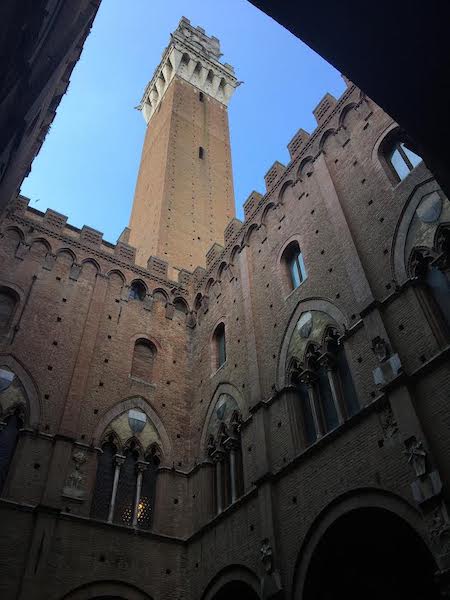
Exploring the towns and villages around Tuscany has become a common practice for me. I thought I had learned so much on past visits and from past research, but when you’re talking about a region as old as this one, there’s just no end to what one can learn. Things like spotting a particular bird or plant and wondering if it’s unique to the region. (My neighbors have a dog the size of a bear. I still question whether it’s actually a dog.)
Being a bit of a history geek, there are certain things that are most appealing to me. The bygone events, bizarre facts and tidbits of unexpected information have me captivated. But, I’m being very intentional about taking my time to absorb things, rather than just doing the tourist tromp through the region and not really coming away any richer or more knowledgeable about my new country.
On a recent Saturday morning drive en route to Siena with my landlords Mario and Anna (who have become good friends), we stopped to spend some time in the village of San Gimignano. Situated in Siena Province about an hour south of Florence, this village of fewer than 10,000 people holds some serious intrigue, especially for history buffs.
Dating back to around 63 B.C., San Gimignano was officially founded in the 900s. Two of its claims to fame are its saffron cultivation dating back to 1200, and its Vernaccia wine (which I had an opportunity to try – it definitely lived up to its reputation). But, the town’s towers and walls were the clinchers. Of its original 72 towers, 14 are still standing, and they cut an impressive figure when viewing the landscape as you approach the hilltop city.
San Gimignano’s past is fascinating to me for the same reason as Lucca’s – those walls surrounding the city. These are two of just a few medieval cities whose walls remain today, probably the most famous being Siena. There is just something about medieval walls still standing after two thousand years – the defense and protection they provided for a city way back then, and the recreational escape they provide for us today.
Strolling along Lucca’s walls and surrounding parks on a sunny afternoon is now one of my favorite things to do for a break from studying or writing.
Thanks but no thanks
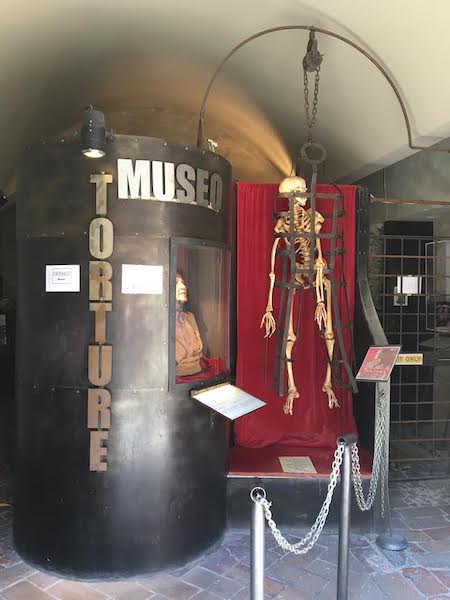
Another interesting (and creepy) discovery in San Gimignano was its torture museum.
Yes, I also couldn’t believe it was really a thing at first. But it is. In fact, there are torture museums in five of Tuscany’s medieval towns and villages. They bill themselves as torture and death penalty museums, and make clear that they are not celebrating torture; instead, they are “an exhibition in which the horror aroused in the spectators at the vision of the instruments allows us to make them our allies in the fight against torture.”
Okay, fine, but I still wasn’t about to go in there. Unlike museums dedicated to Holocaust or lynching victims, for me this stuff was just unviewable.
The torture museum being situated right next to San Gimignano’s Leonardo da Vinci museum made for quite a contrast. (Let’s see … art and science or sadistic brutality? Hmmm.) It was also pretty fascinating to learn the important political roles that the likes of Dante and Machiavelli played in the city’s history.
For such a small, rural commune that many may never have heard of, when visiting San Gimignano it’s amazing that a couple of hours isn’t even a fraction of the time you’ll need to absorb it all. The historical richness I’m gaining here in Italy cannot be overstated. Because of the advanced age and intriguing origins of so many cities in this country and throughout Europe, I would hope that all expats would be equally excited to learn more.
I mean, torture museums? Really? You can’t make this stuff up.
About the author:

Carla Bastos is a freelance writer and former journalist and newspaper editor. Having lived in developing countries and covered wars and natural disasters, she has written extensively on a variety of related topics.
Her many years of world travels and humanitarian work continue to inform her writing, which can be found at carla-bastos.com.
See more here about Italy’s various programs to repopulate villages.
See more in Dispatches’ Italy archives here.
Carla Bastos is an expat writer living in Italy.


